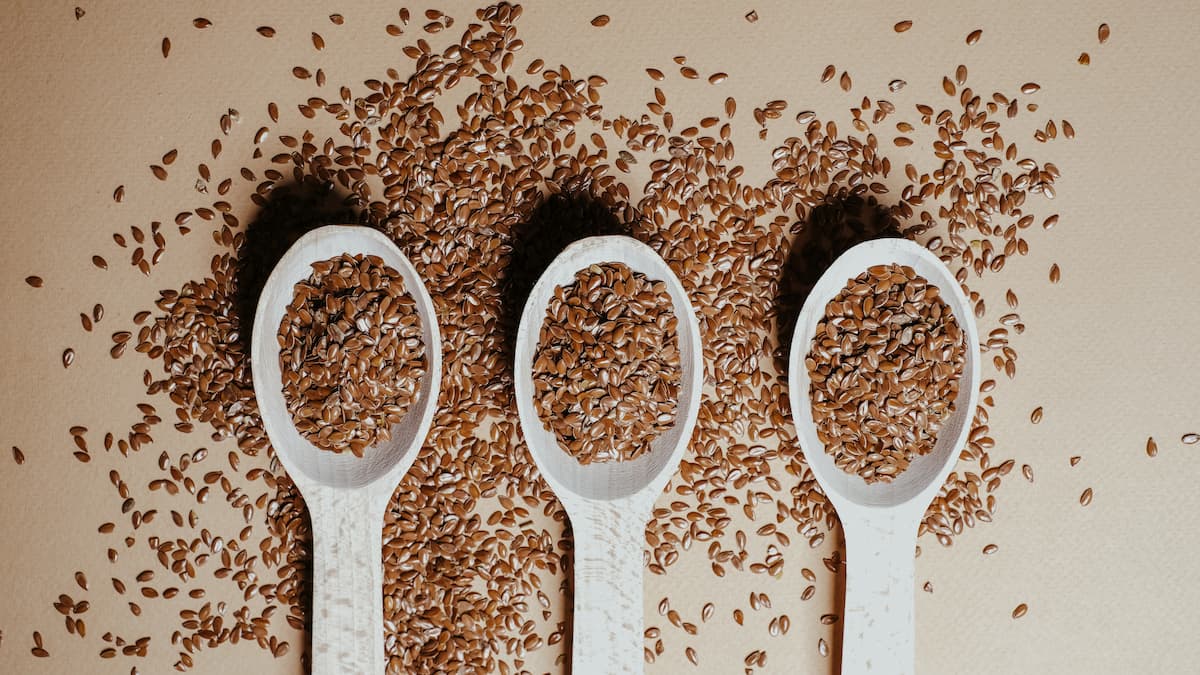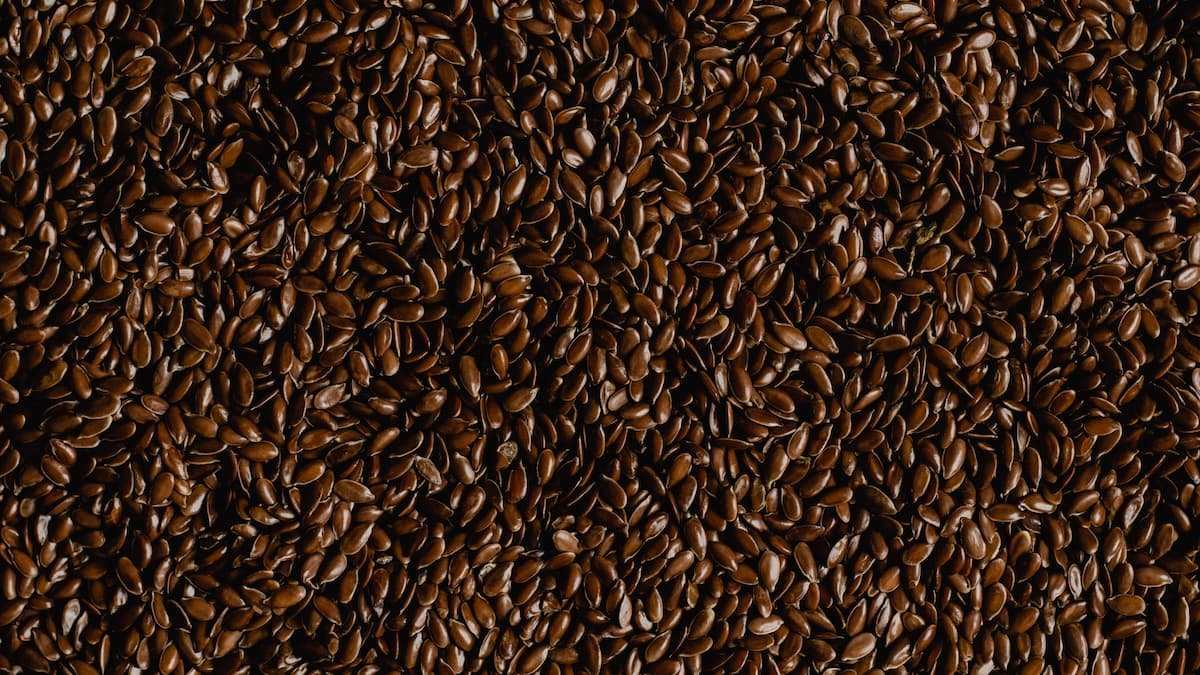Category: Diet and Nutrition
-
Flaxseed Vs Chia Seed
Overview Flaxseed and Chia Seed are rich nutritious foods. Both are excellent sources of α-linolenic acid, fiber, protein, vitamins, and minerals. They also contain phytochemicals that have high therapeutic potential. Hence, if you add them to your diet, they give immense health benefits. This article on Flaxseed vs Chia seed provides a head-to-head comparison of…
Written by

-
10 Benefits Of Eating Carrots Daily
Introduction Carrots, scientifically classified as Daucus carota, are vibrant orange root vegetables celebrated for their crisp texture and sweet flavor. Packed with beta-carotene, a precursor to vitamin A, carrots contribute to good vision and immune health. Originating in Central Asia, these versatile vegetables have been cultivated for over 5,000 years. Beyond the traditional orange hue,…
Written by

-
Flaxseed (Linseed) Health Benefits
Introduction The Health Benefits of Flaxseed are many and its beneficial effects on hormone-dependent tumors make it a superfood. Also, it is one of the richest dietary sources of lignan precursor, the polyphenol compound that prevents many diseases, and omega-3 fatty acids that are essential for the healthy functions of the body. Moreover, the nutrition…
Written by

-
5 Top Healthiest Nuts for Your Diet
Overview Nuts are one of the most nutritious foods on the planet, and they have been part of the human diet for a long time. They are small but powerful. Every nut has a unique taste and a slightly different nutritional profile, but all nuts are plant-based protein sources, healthy fats, and essential vitamins and…
Written by

-
What is Whey Protein? Is it delicious?
Overview There are a lot of different types of protein powders out there, one of which is whey protein. It is superior to other kinds of protein. Many important amino acids are included in this, making it a great source of fast absorption. Numerous tests have shown it is effective in increasing strength, building muscle,…
Written by

-
Flaxseed Nutrition Facts | An Overview
Introduction The Nutrition Facts of the Flaxseed make it a wonder food. Moreover, it is functional food like Amla and Dates. Also, a hundred grams of seed contains nearly 500 kilocalories, 42 grams of fat, 28 grams of fiber, and 20 grams of Protein. Besides, it is rich in alpha-linolenic acid, an omega-3 fatty acid.…
Written by

-
Spinach (Palak) Types, Nutrition Facts, Health Benefits
Introduction What are the Spinach Types? What are its nutrition facts and health benefits? We all are already familiar with spinach as this vegetable grows in many of our gardens. Spinach is a versatile green leafy vegetable that originated from Persia. Spinach belongs to the family “amaranth” and is related to quinoa and beets. The scientific name…
Written by

-
Amla (Indian Gooseberry) and its Benefits
Indian Gooseberry is also called Amla, Amlaki, Amlaka, Phyllanthus Emblica, Emblica Officinalis, and Emblic Myrobalans. The plant grows into a middle-sized tree. The tree is found mostly in the Indian subcontinent and middle-east countries. Moreover, its fruit, seed, flowers, leaves, bark, and root are used in traditional medicines like Ayurveda, Unani, and Siddha. Moreover, it…
Written by

-
Amazing Health Benefits of Dates Fruit
The health benefits of dates fruit are amazing. Let us see this in detail. Dates are the sweet edible fruits of a species of palm tree grown in tropical regions. Though it is originated from the Middle East and South Asia, it is now being cultivated in many tropical and subtropical regions of the world.…
Written by









